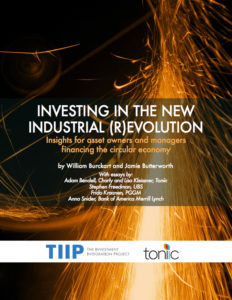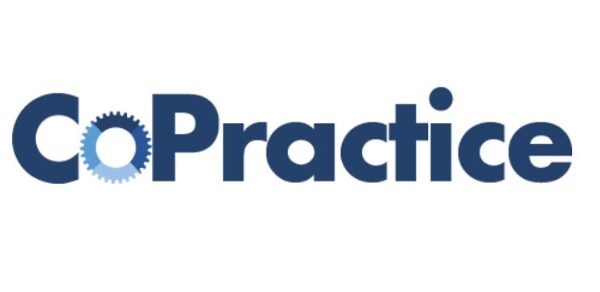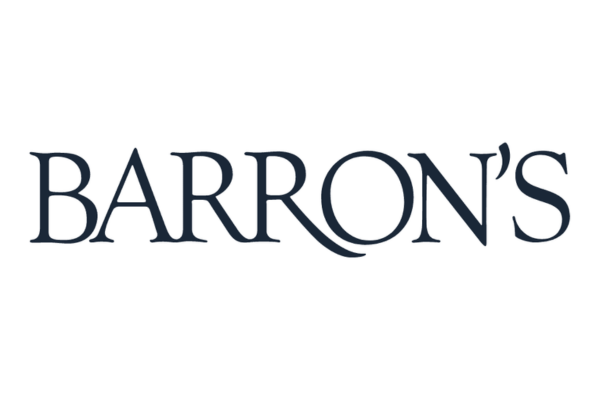 In this report, we examine the opportunities, challenges, and breakthroughs needed for investors to be able to finance the circular economy. Written by William Burckart (TIIP) and Jamie Butterworth (Circularity Capital), Investing in the New Industrial (R)evolution: Insights for asset owners and managers financing the circular economy details examples of a diverse set of investors and corporations that are beginning to incorporate global issues related to the health, food, and energy systems, as well as others, into their investment and production design processes, respectively.
In this report, we examine the opportunities, challenges, and breakthroughs needed for investors to be able to finance the circular economy. Written by William Burckart (TIIP) and Jamie Butterworth (Circularity Capital), Investing in the New Industrial (R)evolution: Insights for asset owners and managers financing the circular economy details examples of a diverse set of investors and corporations that are beginning to incorporate global issues related to the health, food, and energy systems, as well as others, into their investment and production design processes, respectively.
The report also includes essays by practitioners that are helping to bridge the divide between financial markets and the circular economy, including Adam Bendell and Lisa and Charly Kleissner (Toniic), Stephen Freedman (UBS), Frido Kraanen (PGGM), and Anna Snider (BoA ML).
Key findings of the research include:
- Corporations are increasingly realizing that the linear “take-make-dispose” approach to manufacturing is inefficient and unsustainable, and that a shift towards a circular approach (focusing on renewable energy, reuse of what would previously be considered waste products, and the sharing economy) is necessary, inevitable, and a superior source of value creation.
- Demand by investors is growing for investment products that simultaneously provide financial returns and address social and environmental challenges on a global scale—what TIIP calls “systems-level investing”.
- Challenges to developing and financing circular opportunities include materials complexity, transition and development costs, cash flow pattern changes, the purpose and nature of contracts, and legal considerations.
- Investors can utilize a number of key investment activities—investment beliefs statements, security selection and portfolio construction, engagement, targeted investment programs and manager selection—to develop an investment policy or special targeted investment program that prioritizes the circular economy.
- Examples of investing in the circular economy exist across assets classes (public equities, private equities, fixed income, real estate, venture capital, and real assets).
- Opportunities and resources can be found for collaboration and accelerating investing in the circular economy.



